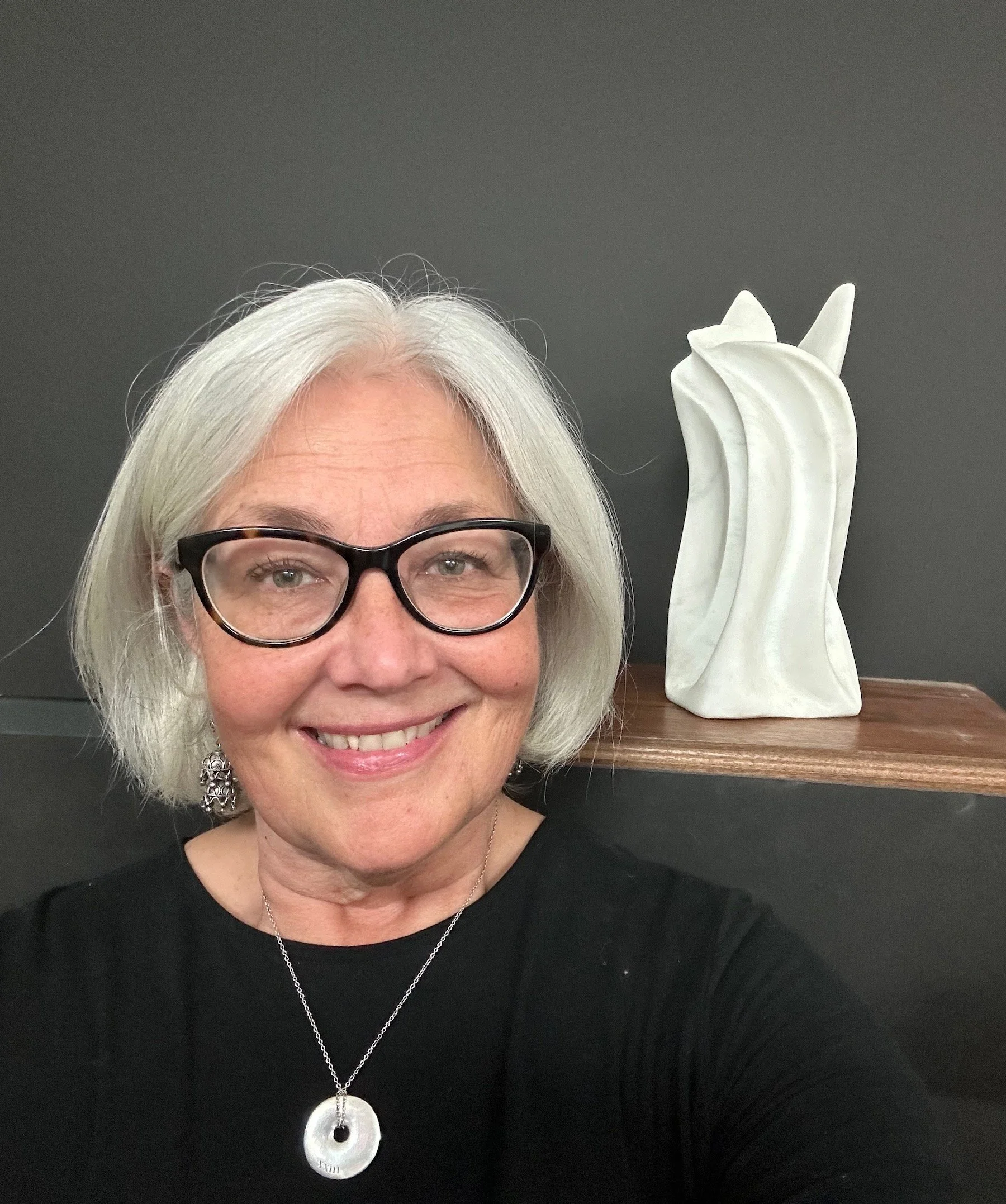Interview with artist Jason Powers
Jason Powers is an artist living in Ozark, Arkansas. He explores the world of realism, surrealism and abstraction with truly impressive skill. He likes a challenge and his drawings and abstracts show this. More of his art can be found at Saatchi Art and at his Instagram.
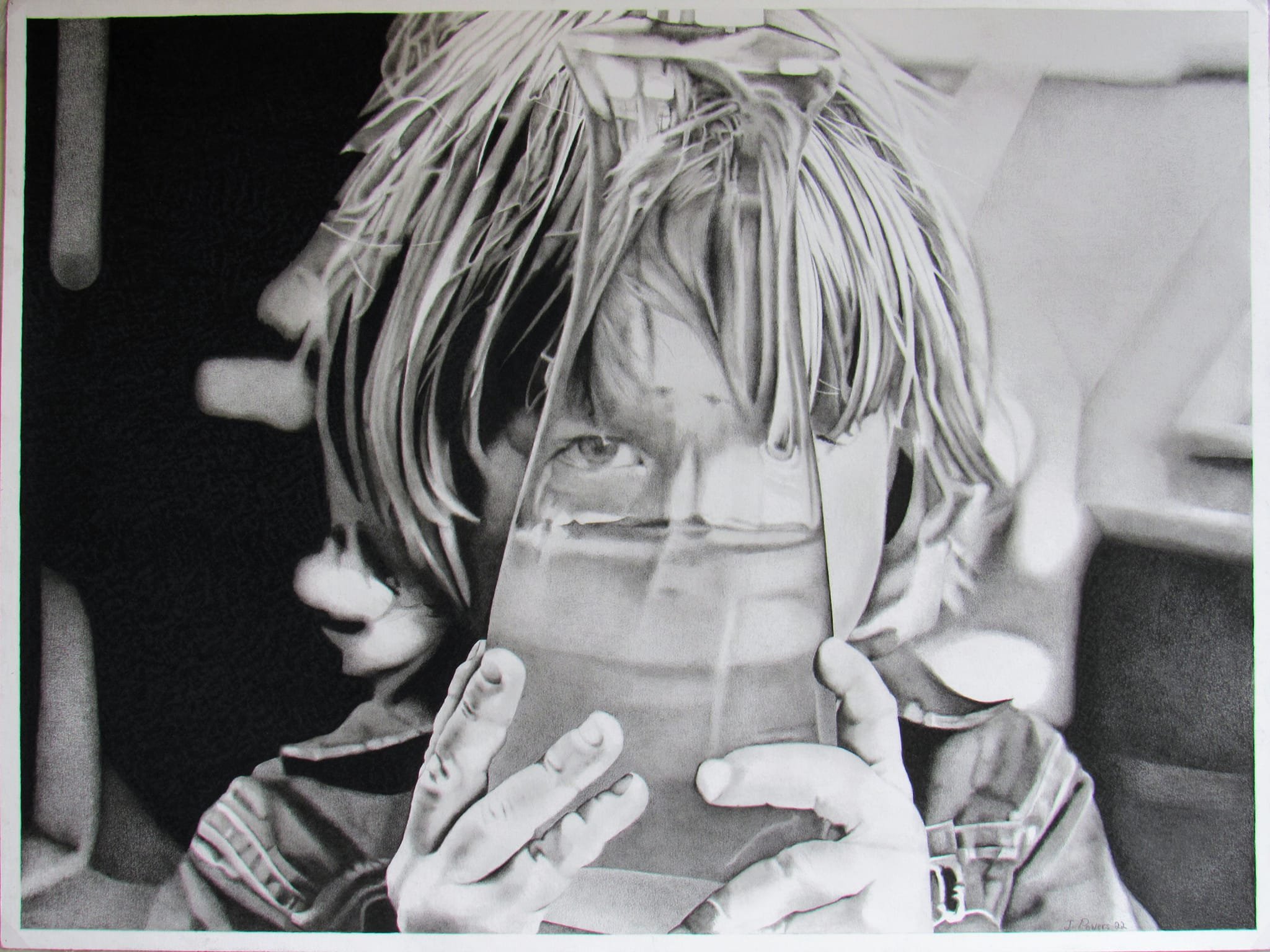
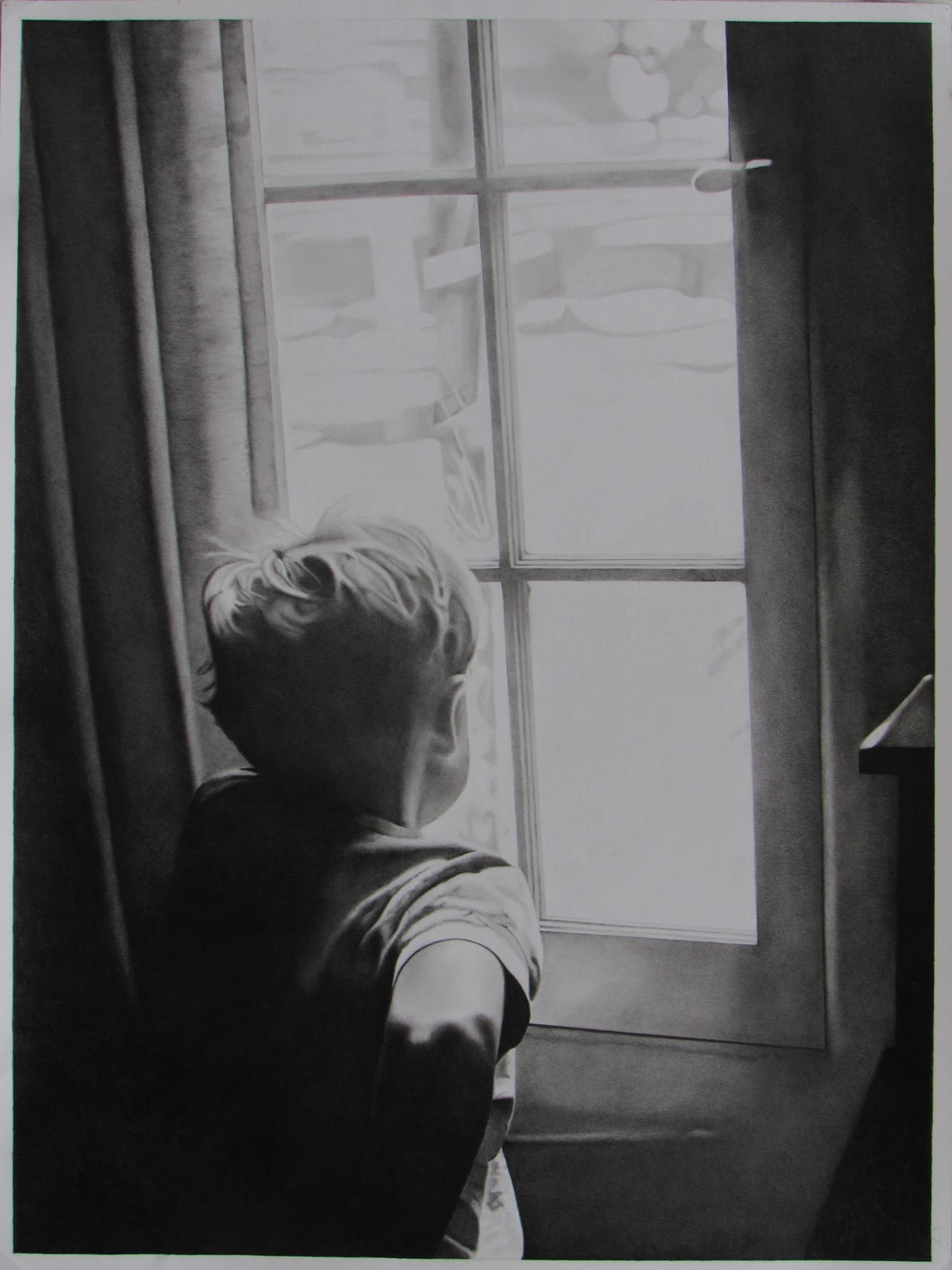

AAS: Jason, tell me about yourself. Have you always lived in Arkansas?
JP: No, I moved to Arkansas from California in 1979. As a youngster in California, I was surrounded by highly creative people. Both of my parents, as well as my brother, were artists so I just soaked it all in. I grew up in Ozark, Arkansas, struggled through public school in both Ozark and Altus, graduated, then went to work! So, I guess you would consider me a self-taught artist as I have had no formal training.
AAS: Was painting and drawing something you always did as a kid?
JP: Yes absolutely, As I mentioned before, my family were all artists. I learned something from all of them. As a small child, I used to try to copy my father's abstract paintings with oil pastels. So, I learned my sense of the abstract through him. To me, abstract art meant freedom through spontaneous creativity! My mother was a wonderful graphite artist and she showed me the process of drawing it light until I get it right. My brother was awesome with his skills and sculpture and pen and ink drawing, so he inspired me in that as well.
AAS: Your skill at drawing and rendering are remarkable. What is it about realism that you enjoy?
JP: Thanks! I enjoy it because it is a wonderful way of teaching me patience, something I’m lacking. When you spend endless hours on one small section it can get a little frustrating at times, however, when it all comes together it is magical.
AAS: I want to ask you first about the Orb Weaver Spider. It was the first drawing I saw of yours and I said “Wow, this artist is someone I really need to interview.” Tell me about that piece.
The Orb Weaver Spider, 18” x 24”, graphite on paper
JP: Thank you! The Orb Weaver Spider was just a chance happening. I’m always on the lookout for something to draw. I was working outside one day and I noticed the spider attached to its web on my garage. I love orb weaver spiders and I thought this would be a cool subject for a drawing, so I ran into the house, grabbed the camera, and snapped the photo. It was a lucky shot because when I tried to take another one I couldn’t get the camera to focus just right.
For these realistic drawings, I usually let the picture dictate what type of material I use. Believe it or not, different brands of graphite pencils can differ from one another. So through trial and error, I have figured out what works for me. I use Staedtler graphite pencils for my lighter tones. I also use Faber Castell for my darker tones. For larger areas, I use General’s Graphite Powder to make an evenly shaded area to work from. I’ve also used Staedtler carbon pencils because it doesn’t have the same shine that graphite pencils produce. From time to time, I use charcoal pencils if I want something jet-black, with no shine. My favorite paper is Strathmore bristol vellum with a smooth surface.
AAS: Now I want to ask about your portraiture work. You have, maybe an ongoing series, called Brothers. They are terrific. Tell me about that series.
Brothers 7, 14” x 16”, graphite on paper
JP: The Brothers Series is the documentation of my sons growing up. It really came out of my frustration about what to give my wife for Christmas! I always try to do something special every year and one year I came up empty. So, I thought, why don’t I do a portrait of the kids? I can just add it to all the usual gifts I give her. When she saw it, she said “You realize that this is something you are going to have to do every year!” This has been going on for 17 years. Both of my sons love the series. They both look forward to them every year. I make it a special event before every Christmas holiday to take several photos of both of my sons. My younger son has a talent for drawing. He picks up techniques that I have taught him instantly. If he decided to take it any further, he would be really good at it. My older son has talents in other directions, such as preaching and public speaking.
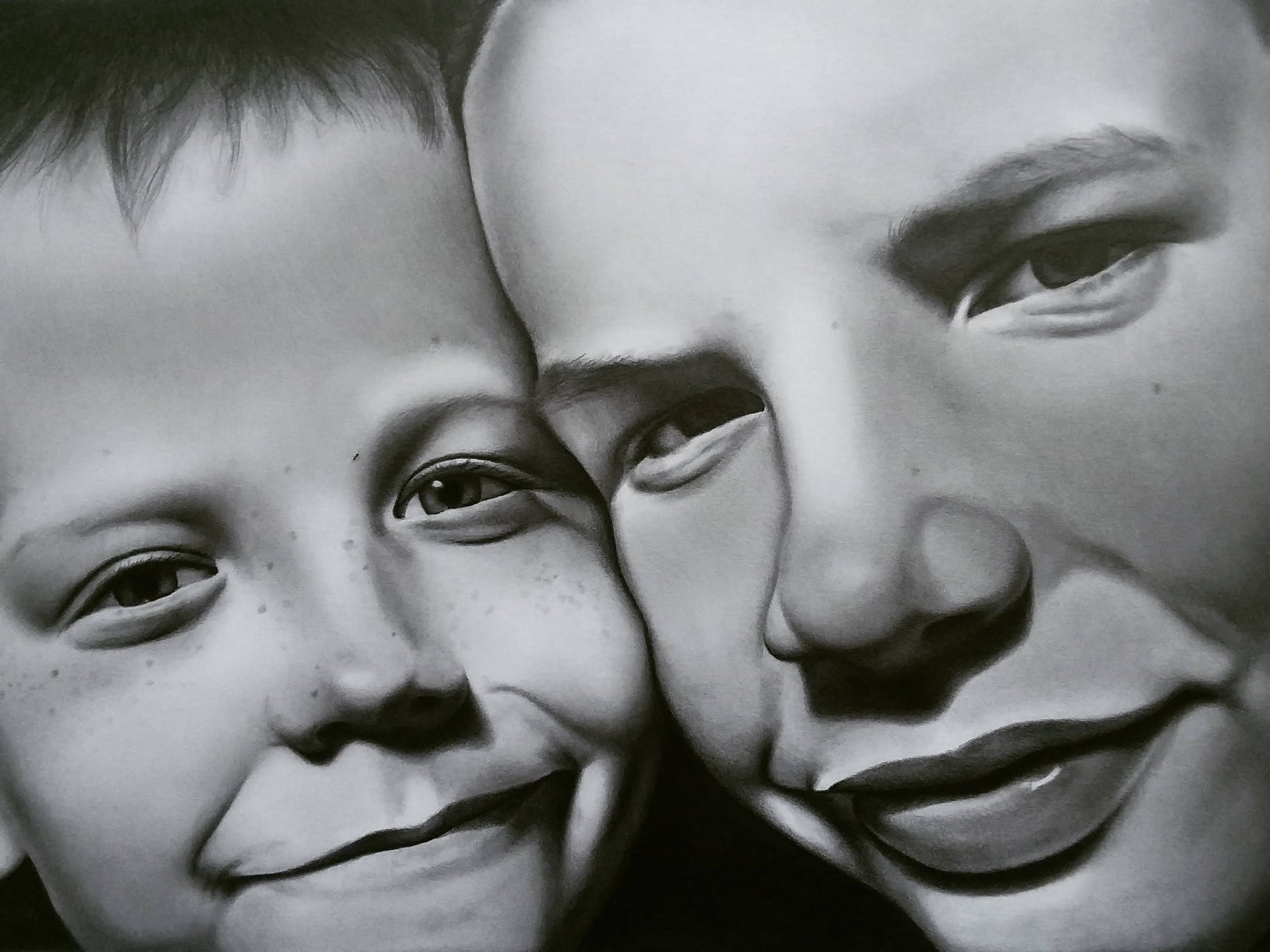

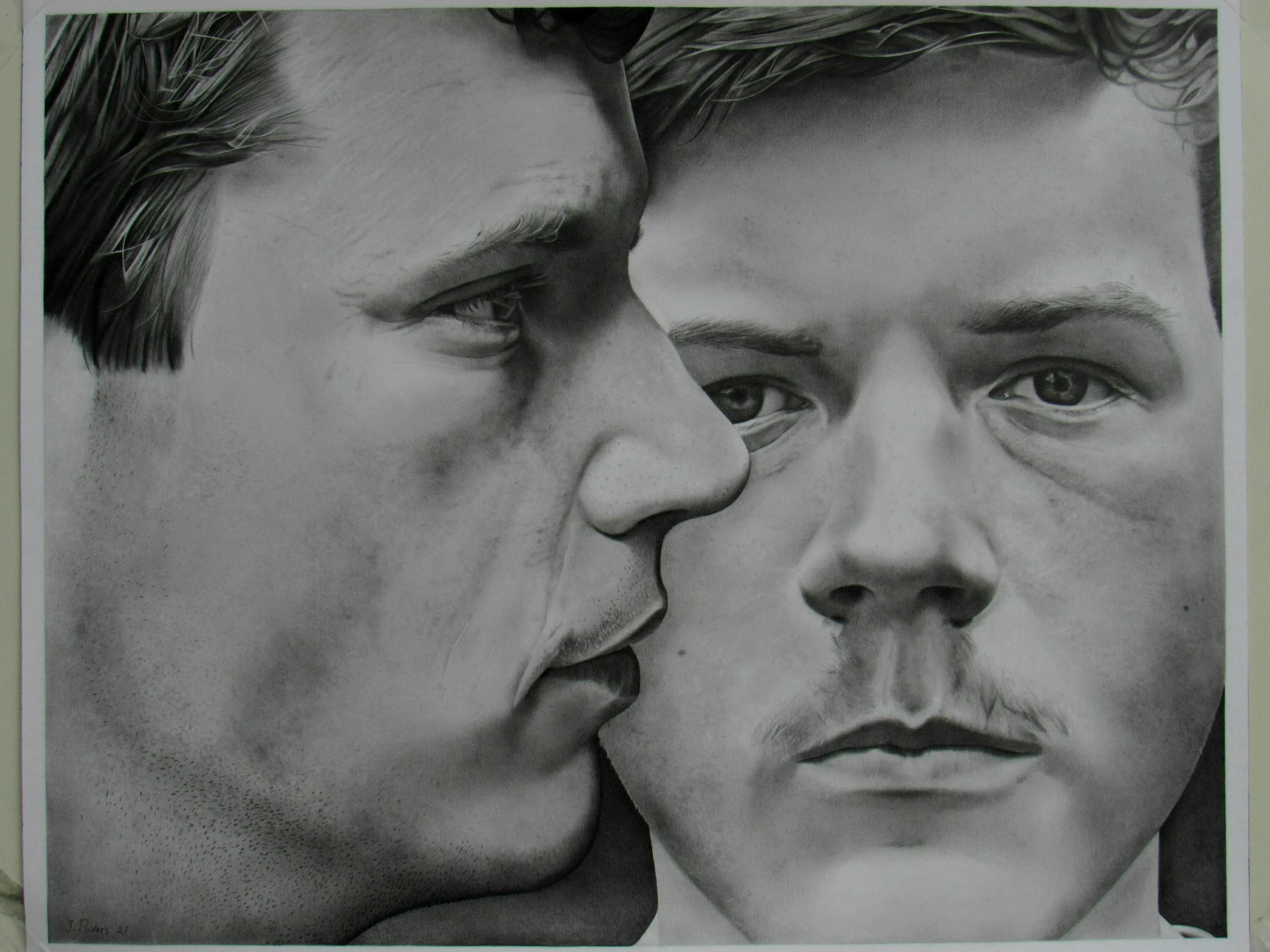
AAS: Your self-portrait is a ‘Powerful’ image. What do you see when you look at that drawing?
Self-Portrait, 24” x 18”, graphite on paper
JP: An old man! When my wife saw a drawing, she said “That’s not you.” I said, “Yes, it is.” Then I showed her the photo. I’ve done several self-portraits. This one was done a few months after I turned 50. So, it was kind of a document of that moment.
AAS: Your drawings are so detailed and have a meticulous composition. What do think about when you draw? Are you totally committed to a single work until it is completed, or do you work on several at a time?
Jason working on Santa Barbara in his home studio.
JP: Well first let's start with the process of getting started. First, I select the image I want to draw. Then I develop five separate photos. Four of the photos are enlarged so that I can see them more clearly. From the original image, I start sketching and lining out the drawing on paper. Now is when the thinking starts! I focus on one section at a time. If I thought of the whole picture at once, I would go crazy! If I’m in a very tedious/difficult area of the picture, I like to listen to calming, almost ambient, music to slow my thoughts way down so I can focus better. Usually, if it is a pencil drawing, I’m totally dedicated to that one project. However, abstracts are a different story. If I suddenly get writer's block while working on an abstract, I’ll start another one to see which works better. If I’m lucky, they’ll both work.
AAS: A Life With The Shadows is another extraordinary drawing. Tell me about it. Is the subject one of your sons?
A Life With The Shadows, 24” x 18”, graphite and carbon pencil on paper
JP: Thank you! This is kind of a deep one. It’s a portrait of my brother looking out of a Volkswagen bus window with the shadows of my mom and uncle just below him. Spiritually, they never approved of his decisions in life. I felt their shadows looming up towards him representing their growing disapproval. If you notice, the shadow of my uncle is barely touching my brother's hand. It’s almost as if it’s just beginning!
AAS: Chrome is a marvelous drawing. It must have been fun to create but very challenging. How did you achieve that incredible shading to pull it off so realistically?
Chrome, 24” x 18”, graphite on paper
JP: Thank you! This is one of my favorites. Yes, it was a lot of fun to draw. It was actually the second attempt that was successful. I tried to draw it a few years earlier, but I was completely overwhelmed by it. I would run into the photo once in a while and feel kind of guilty about giving up on it. Then one day I was ready to attempt it again! Success! I came to look at drawing and shading as translating information. If I translate the data just right by making sure all of those nonsensical shapes and patterns come together, it’s magical.
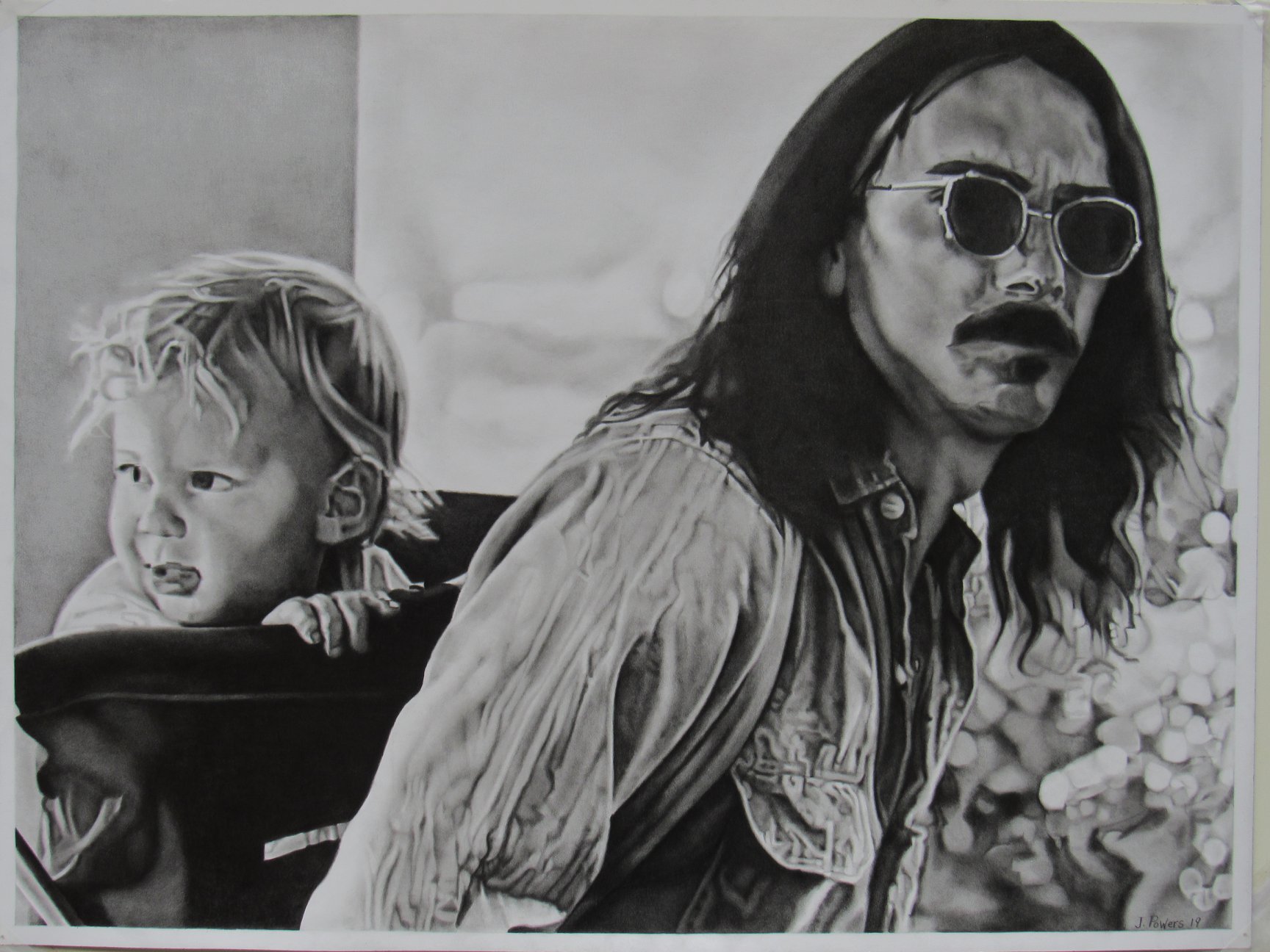

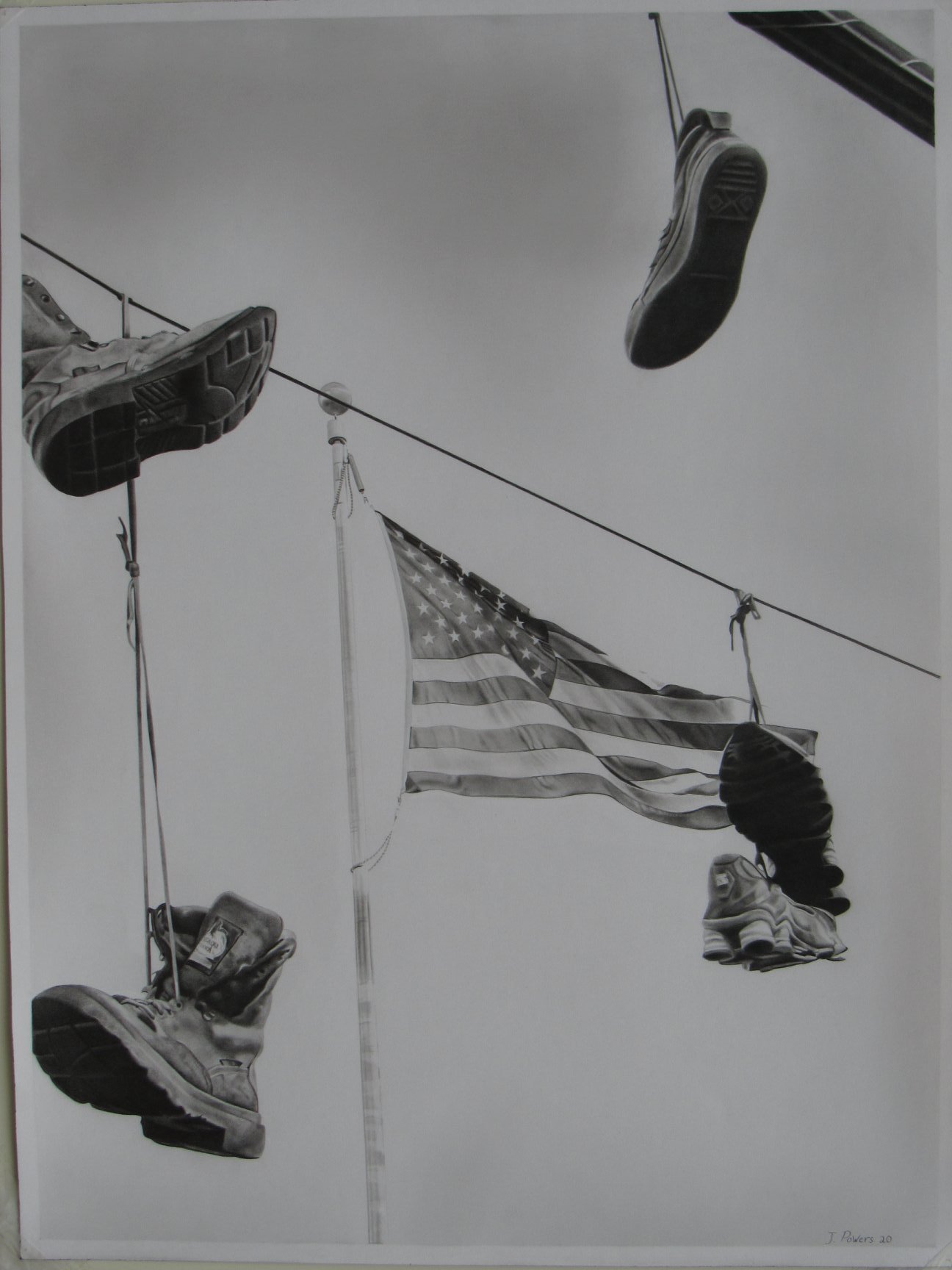
AAS: You have said you like to explore different styles and materials in your art. I want to ask about your abstracts. They are filled with so much color and a sense of movement. Over The Threshold is one of my favorites.
Over The Threshold, 24” x 18”, watercolor and India ink on paper
JP: Thank you! For me, In art, there’s nothing more challenging, daunting, and exciting than starting an abstract work. When I lay that empty sheet of watercolor paper down on my table, my mission, as always, is to create something interesting to look at.
I get emotionally attached to my work. If I think that I have botched it up, I’ll simply put it aside and get another empty sheet of watercolor paper, set it down on my table, and start the process again. Sometimes this happens several times. For my abstracts, I like to use Arches, Strathmore, Canson, or whatever type of paper I have on hand at the time!

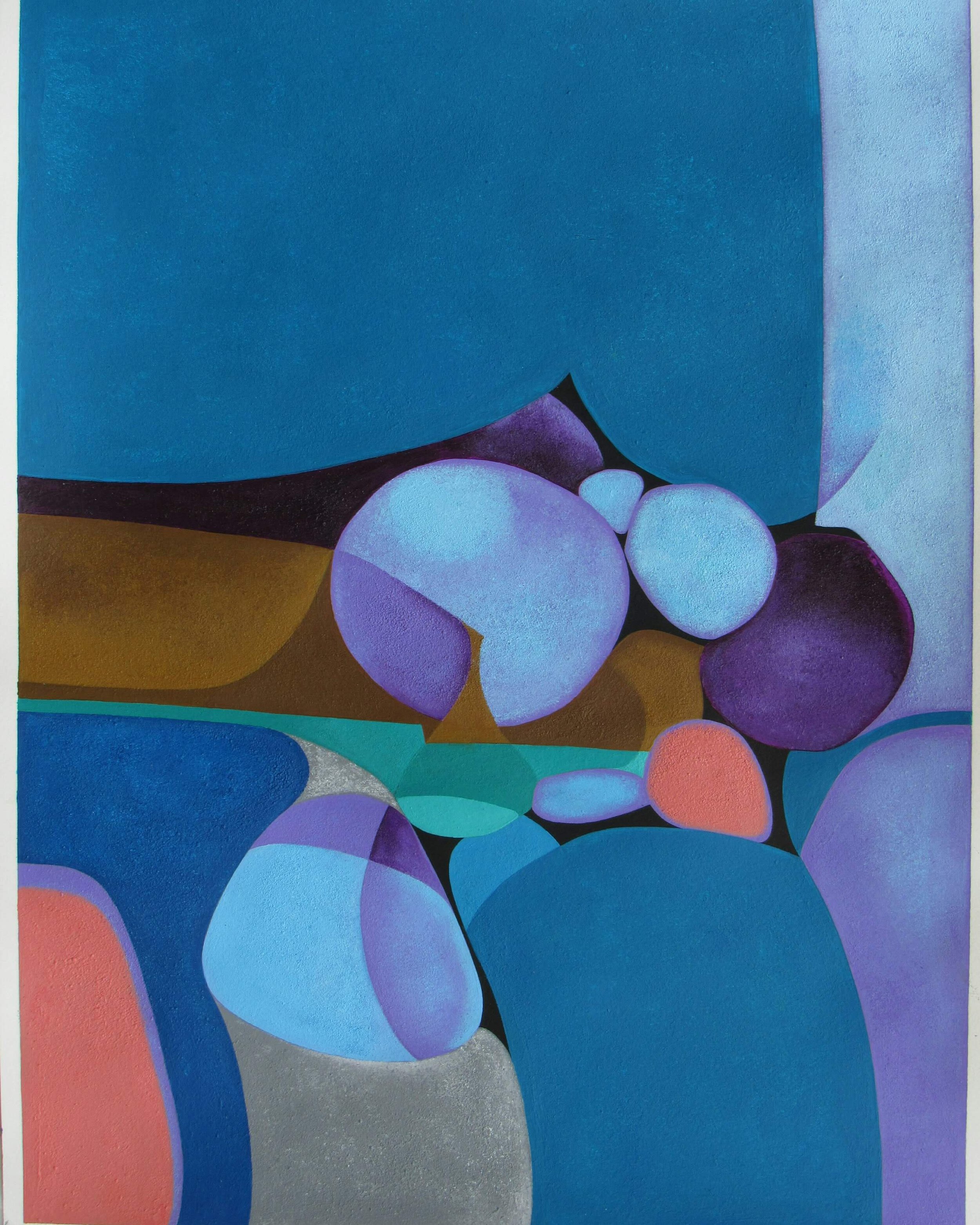
AAS: What can we expect next from you, Jason?
JP: Right now, I’m working on a graphite portrait of my father standing behind a seated figure who looks like he’s telling an exciting story. My father has a big smile on his face as if to say “Can you believe this guy?” Other than that, the sky’s the limit. My art sales usually come from local commissions such as portraits. I’ve sold two while showing at the Historic Arkansas Museum. One for the permanent collection and one for the curator's private collection.


